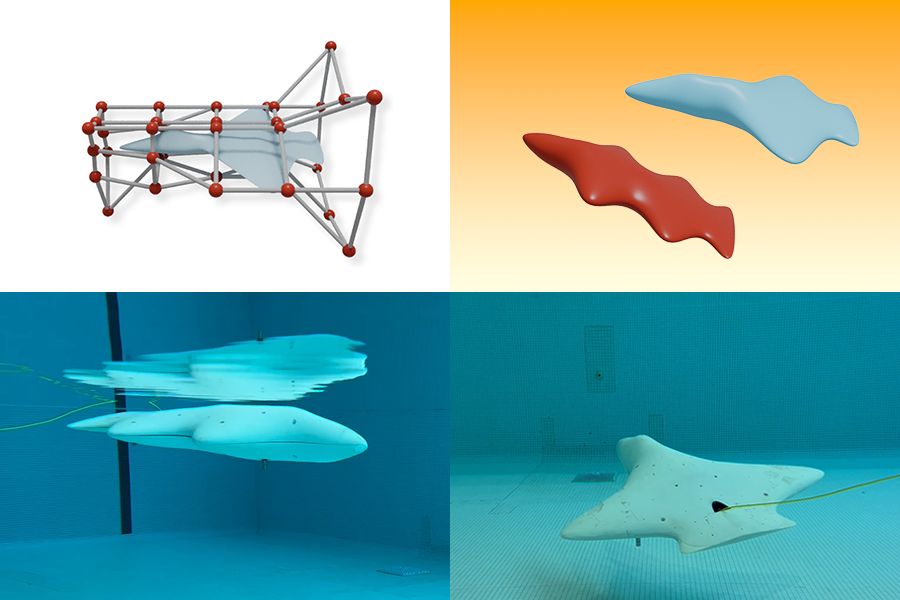AI Designs Weird, Efficient Sea Gliders That Could Transform Ocean Science

Forget torpedoes and submarines, the next wave of underwater vehicles may look like something nature dreamed up and AI built.
Researchers at MIT’s Computer Science and Artificial Intelligence Laboratory (CSAIL) have developed a new AI-powered design system that creates custom underwater gliders, engineered for smooth, efficient movement through the sea.
These aren’t propeller-driven machines. They’re bodyboard-sized gliders that shift their weight and shape to silently cruise on ocean currents, making them perfect for long-duration marine missions, like mapping deep-sea ecosystems, monitoring climate data, or tracking elusive species.
What’s groundbreaking is how they’re built. Instead of starting with a fixed shape and tweaking it, the CSAIL team flipped the process: they used AI to evolve new shapes from scratch, based on how water flows around the body. The result? Some gliders came out looking like nothing you’d find in a naval engineering manual, but they moved with uncanny efficiency.
“We’re letting AI invent entirely new hydrodynamic designs,” said project lead Gabriel Margolis. “It’s like natural selection for underwater vehicles.”
The team trained their pipeline using computational fluid dynamics to simulate how different shapes behave underwater. The system learned to prioritize stability, lift, and drag, then sculpted designs that balanced them in novel ways, many resembling fish fins, rays, or flattened shells.
Once AI produced the final shapes, researchers used 3D printing to bring them to life, equipping each glider with a small controller to manage its internal mass. Early tests in water tanks showed that these gliders could hold stable flight patterns and resist disturbances from waves or turbulence.
The potential is huge. These silent, energy-efficient bots could gather data for marine biologists, oceanographers, and climate scientists, especially in remote or fragile regions where noise and propellers cause disruption.
In a world where the oceans are changing faster than we can study them, this is a glimpse of how AI might help us listen, drift, and learn, not by force, but by flow.